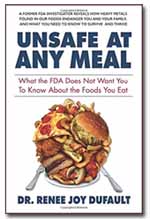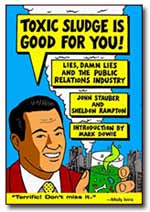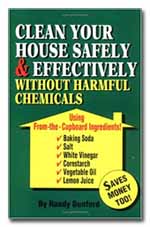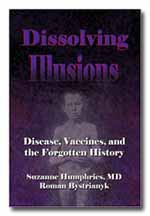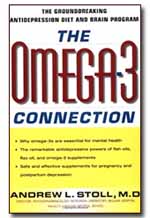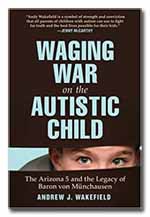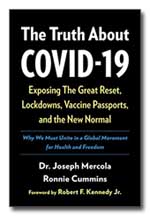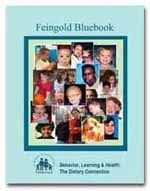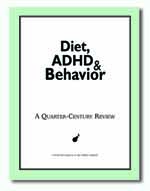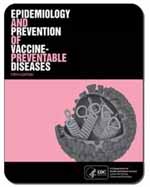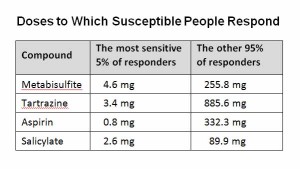 Journal of Clinical Epidemiology, 1995. Oct;48(10):1269-75
Journal of Clinical Epidemiology, 1995. Oct;48(10):1269-75
Corder estimated safe doses to use for epidemiological studies by studying reactions of patients in an allergy clinic. He said that reactions to the four compounds listed in the table are common, and may cause symptoms that appear to be allergy even though no IgE is involved. He said a chronic exposure can cause a chronic inflammation that mimics infection.
Corder defined a 15% decrease in the amount of air expired in one second as a positive response, and did not discuss behavioral issues. He identified doses to which the most sensitive (5%) and practically all (95%) susceptible persons might respectively respond.
QUOTE: (referring to ranges in the table above) “Doses within these ranges can be used in epidemiological studies.”
NOTE: In most studies, far lower doses have been used – indeed, I have never found any study using anything close to 800 mg Tartrazine (Yellow 5) and the only neurological study of aspirin (Fitzsimon 1978) used only 40 mg (half a baby aspirin) …. astonishingly, he got results, and so did some (but not all) of the following researchers:
Below is a list of studies using Tartrazine (Yellow 5) as a “challenge” material, either alone or as part of a mixture:
- Rose (1978): 1.2 mg Yellow 5 per day
- Williams (1978): 13 mg all colors including some Yellow 5, twice a day
- Levy (1978): total of 5 mg Yellow 5 per day, divided into 5 cookies.
- Weiss (1980): 35.26 mg all colors including 9.07 mg Yellow 5
- Swanson (1980):
- 100 mg all colors including 26.9 mg Yellow 5
- 150 mg all colors including about 40 mg Yellow 5
- Mattes (1981): 78 mg maximum all colors, including maximum of 21 mg Yellow 5
- David (1987): 300 mg Yellow 5, divided into 50 mg & 250 mg doses.
- Ward (1990): 0.5 mg Yellow 5
- Pollock (1990): 50 mg Yellow 5
- Carter (1993): 6.5 mg mixed colors, including 1 mg Yellow 5, in a capsule
- Rowe (1994): 1, 2, 5, 10, 20, 50 mg Yellow 5 per day (and got a dose-response!)
- Boris (1994): 100 mg mixed colors, including unknown amount of Yellow 5
- Bateman (2004): 20 mg mixed colors, including 5 mg Yellow 5
- McCann (2007):
- 20 mg colors, including 5 mg Yellow 5
- 24.98 mg colors, including 9.36 mg Yellow 5


